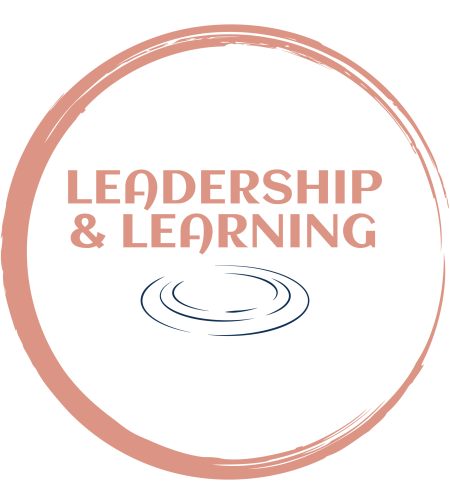In today’s dynamic educational landscape, parent involvement is pivotal to student success. Research consistently shows that when parents actively participate in their child’s education at home and in school, students perform better academically, demonstrate more positive attitudes toward learning, and are more likely to continue their education. But what does effective parent involvement look like, and how can educators and parents foster a partnership that benefits everyone involved?
Why Parent Involvement Matters
Parent involvement in education is more than just attending parent-teacher conferences or helping with homework. It’s about creating a supportive learning environment that extends beyond the classroom and encourages a love of learning. When parents are involved, they:
- Enhance Student Achievement: Children whose parents are engaged in their education tend to have higher grades, test scores, and graduation rates. They also demonstrate improved attendance and have fewer behavioral problems in school.
- Boost Student Confidence: Active parental involvement helps students feel more confident and motivated. When children see their parents taking an interest in their education, it reinforces the idea that school is important and valuable.
- Foster Better Behavior: A robust home-school partnership can lead to improved behavior in the classroom. Parents who understand what’s happening in school are better equipped to support their children’s social and emotional needs.
- Bridge Cultural and Social Gaps: Schools often serve a diverse student body, and parental involvement can help bridge cultural, language, and socioeconomic gaps. When parents engage with teachers and other school staff, it fosters a more inclusive and understanding community.
Strategies for Effective Parent Involvement
- Open Communication: Schools should foster an environment where communication flows freely between parents and teachers. This can include regular updates on student progress, newsletters, parent-teacher meetings, and open houses. Digital tools like emails, apps, and school websites can keep parents informed and engaged.
- Encourage Home Learning: Parents can play an active role in their child’s education by creating a conducive learning environment at home. This doesn’t mean turning the home into a second classroom but supporting activities like reading together, discussing current events, or exploring educational interests outside of the curriculum.
- Participate in School Activities: Attending school events, volunteering, and participating in school governance (like joining the PTA or school board) are excellent ways for parents to stay involved. These activities provide parents with a direct line to the school’s inner workings and create opportunities to build relationships with educators and other parents.
- Promote a Growth Mindset: Parents can encourage a growth mindset by praising effort over outcome and helping children see mistakes as learning opportunities. This approach helps children develop resilience, persistence, and a love for learning.
- Respect the School’s Role: While involvement is crucial, parents must also respect educators’ professional expertise. Parents should approach involvement with a collaborative mindset, understanding that both parties bring valuable perspectives and expertise.
Overcoming Barriers to Parent Involvement
Despite its many benefits, some barriers prevent effective parent involvement. These can include time constraints, lack of resources, language differences, or even previous negative experiences with the education system. Schools can take proactive steps to address these challenges:
- Flexible Scheduling: Offering meetings and events at different times or virtually can accommodate parents’ schedules.
- Resources and Support: Schools can provide resources like translation services and childcare during meetings or workshops to help parents understand the curriculum and their role in their child’s education.
- Build Trust and Relationships: Creating a welcoming environment where parents feel respected and valued can help overcome past negative experiences or cultural differences.
Conclusion
Parent involvement in education is a powerful tool for fostering student success. By working together, parents and educators can create a learning environment that extends beyond the classroom walls and supports the holistic development of every child. Whether through attending school events, maintaining open communication, or fostering a love for learning at home, every effort to engage can significantly impact a child’s educational journey.
So, let’s bridge the gap between home and school and build a brighter future for our children—one that values, encourages, and nurtures the partnership between parents and educators.



